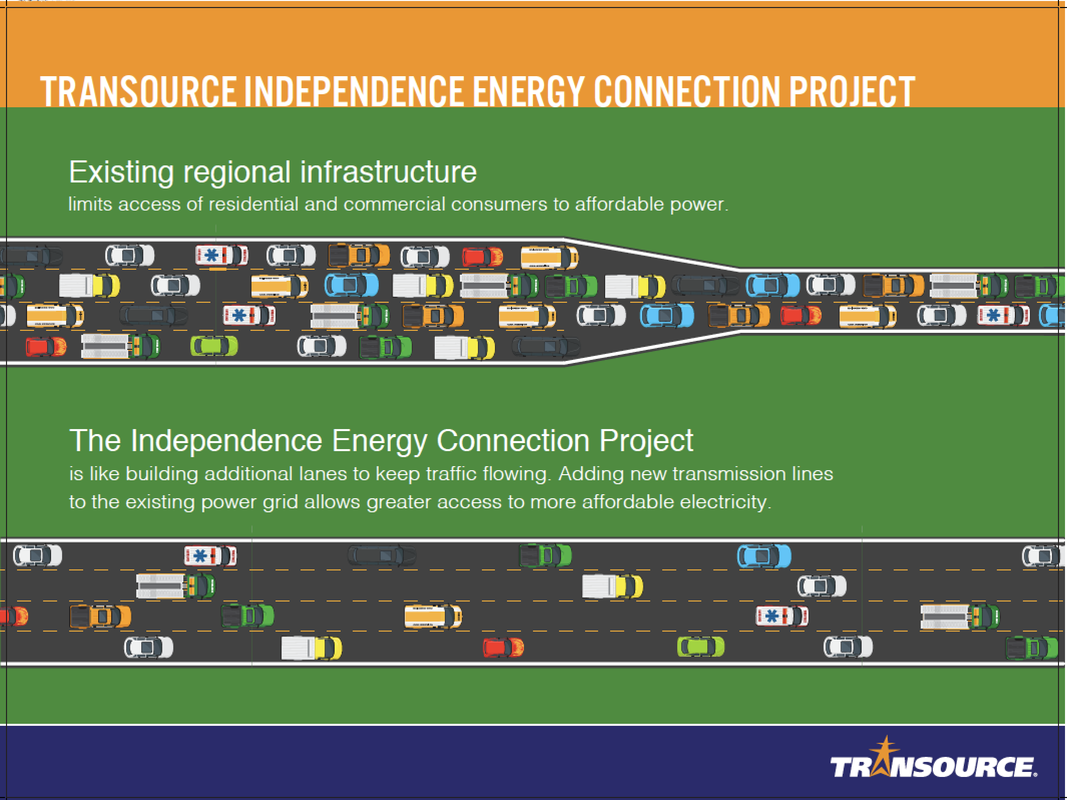This week the DOE released its National Transmission Needs Study. As expected, it supposes that we will need many new transmission projects everywhere in the future.
But what good is it? After a lot of pushback on its draft study contention that DOE has any authority whatsoever to plan the transmission system, the announcement says this:
The Needs Study is not intended to displace existing transmission planning processes and is not intended to identify specific transmission solutions to address identified needs, but it does identify key national needs that can inform investments and planning decisions.
Let's look to the actual study.
The findings of this Needs Study are intended to inform regional and interregional planning, as well as help guide the Department in the execution of its transmission-related authorities. The Department understands the factors that drive industry transmission planning today and the entities and institutions that perform such planning. This Needs Study is not meant to displace these planning processes or the reliability standards they address. Rather, the Department believes it will be an important addition to overall industry and government planning efforts to reduce transmission congetion and capacity constraints that adversely affect consumers.
Appendix B contains a Comment Synthesis and Resolution.
A few individuals express opposition to the basis of the Study and what they view as political or parochial goals of the Study. One individual, Keryn Newman, criticizes the discrepancy between needs identified in the 2020 Congestion Study and the draft Study, stating that in 2020, DOE did not find a need to designate transmission corridors. In contrast, this report finds significant transmission need “in an area so vast that if the DOE were to designate corridors to solve it, the entire continental U.S. would be one gigantic ‘corridor.’” Newman concludes that this discrepancy can only be attributed to the fact that the studies “are not based on data and science, but on political goals.
Keryn Newman criticizes the Study’s conclusion that large-scale transmission build-out is cost-effective. Newman cites the Study’s “vague claims of ‘economies of scale,’” arguing they are never justified and allow DOE to avoid a comprehensive analysis of the cost of transmission.
Keryn Newman argues that the Needs Study does not include adequate consultation with landowners, whom Newman identifies as those who will most experience the devastating impacts of transmission development. Newman argues that the Study identifies landowner concerns as a barrier to transmission deployment but does not bother to consult these “barriers” or to devise solutions to mitigate their concerns. For this very reason, Newman also objects to the FERC Report on Barriers and Opportunities for High Voltage Transmission, which is cited in the Needs Study. Additionally, Newman argues that landowner interests should be represented on DOE’s Technical Review Committee.
Department Response
In response to comments from parties requesting additional, targeted stakeholder and Tribal outreach and continued stakeholder engagement, the Department has made additional efforts to engage with entities beyond the Department’s consultation with states, Tribes, and regional entities pursuant to Section 216(a) of the FPA, as amended (16 U.S.C. §824p(a)(1)). The Department has continued to accept meeting requests from commenting and interested parties to discuss draft Study findings.
Further, the Department has created regional and national fact sheets to be appended to the final Study and released concurrently to help make Study findings more accessible. The Department hopes the final Needs Study will be used as an educational tool to engage communities in discussion about grid needs. Departmental communications on final Study findings are a tool to solicit additional feedback from stakeholders on what future iterations of the Needs Study should entail.
The Department agrees with commenters that landowner, community, stakeholder, and Tribal engagement is imperative. The Department added Section V.e. Siting and Land Use Considerations (pages 95–108) to the final Study on subjects of unique interest to the communities. This section contains discussion of best practices for developers in engaging with landowners and other affected parties.
Keryn Newman objects to the Needs Study’s statement that “large amounts of low-cost generation potential exist in the middle of the country and accessing this generation through increased transmission is cost-effective for neighboring regions.” Newman argues this approach is only low-cost due to taxpayer-funded subsidies and lower-cost lands and that “turning rural America into an energy serfdom to provide power to far-away cities” benefits urban communities that do not want to build infrastructure in their own backyard. Newman also argues that the statement exhibits “cultural and political elitism.” Furthermore, Newman argues that the Study dismisses legitimate landowner concerns as “NIMBYism” and barriers to transmission development without attempting to address them. Accordingly, Newman concludes that the Study lacks awareness and empathy.
The Department stresses that addressing landowner concerns is critical to ensuring just and equitable outcomes in transmission deployment. The Needs Study makes no reference to “NIMBYism” and the Department has taken care to ensure that landowner concerns are not presented as a barrier to transmission deployment in the final Study.
Here's what DOE's "study" concluded about transmission on farmland.
Transmission can share much of its rights-of-way with other activities, such as agricultural fields or recreational paths, and are considered a “mixed use” activity.
This is how your hard-earned money is being wasted in Washington, DC.



 RSS Feed
RSS Feed